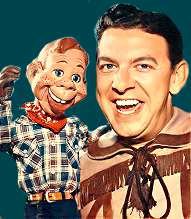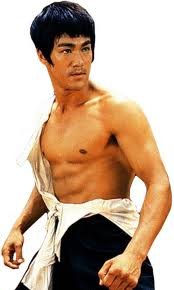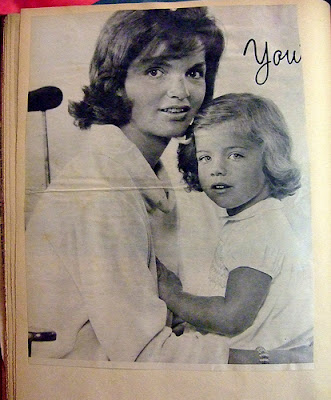
From Mr. Food
You're going to love this seasonal version of our favorite poke cake recipe. The creamy vanilla pudding, delightful whipped topping, and the delicious pumpkin flavor make this easy poke cake recipe our most decadent way to enjoy fall time desserts. Our Pumpkin Spice Poke Cake is perfect through-and-through!
Poke cakes are one of those desserts that everyone is happy to see on the table. Whether you're making it for your spouse and kids, or whether you're bringing it to a big group gathering, you can be sure that this pumpkin poke cake will satisfy. We love the combination of the creamy vanilla pudding with the rich spices in the cake. It's a combination that might go out of season, but it never goes out of style.
We also love that this recipe is super easy to make. It requires a little advanced planning, since you have to let the cake chill, but the hands on time is nice and short. This pumpkin poke cake is so easy to make that you won't even mind if your family asks you to make a second one!
- 1 (15.25-ounce) package spice cake mix
- 1 (15-ounce) can pure pumpkin
- 2 eggs
- 3/4 cup water
- 2 (4-serving size) packages instant vanilla pudding mix
- 1 1/4 teaspoons pumpkin pie spice
- 3 1/2 cups milk
- 1 (12-ounce) container frozen whipped topping, thawed
- Preheat oven to 350º. Coat a 9- x 13-inch baking dish with cooking spray.
- In a large bowl with an electric mixer, beat cake mix, pumpkin, eggs, and water until thoroughly combined. Pour into baking dish.
- Bake 25 to 30 minutes, or until toothpick inserted in center comes out clean. Let cool. Using the handle of a wooden spoon, poke 25 to 30 holes in cake.
- In a large bowl, whisk pudding mix, pumpkin pie spice, and milk until slightly thickened. Pour mixture into holes and spread evenly over top of cake. Spread whipped topping on top, cover, and refrigerate at least 4 hours or until ready to serve.
1952 – James D. Wetherbee, American astronaut
1958 – Mike Scioscia, American baseball player and manager
In the United States, the day after Thanksgiving has become known as Black Friday and is considered the official kick-off for holiday shopping. Retailers across the country slash prices, offer doorbuster deals on popular big-ticket items and often open in the wee hours of the morning to extend early bird specials. Dedicated and thrifty shoppers line up outside the stores to be the first to grab that special deal or this season’s popular and hard-to-find gift.
HOW TO OBSERVE
Get out for those amazing Black Friday deals.
There are several ways to maximize your Black Friday shopping success:
- Plan ahead. Scour the ads both online and in newspapers.
- Prioritize the wish list. Which item will you save the most if you can nab it?
- Check to see if any of the deals are available online. Why stand in line when you can order from the comfort of your home?
- Compare lists with friends and family. We can’t be in two places at once, and not all the deals on your lists will be at the same store.
- Coordinate with your group to divide and conquer. Work as a team to maximize successful shopping.
- Make sure there isn’t a purchase limit. If there is, make sure the team for that store is big enough to obtain the required number of bounty.
- Set the alarm clock. Some of the best Black Friday deals start soon after midnight.
- Dress warm if you are located in the colder regions of the country.
- Pack a snack, a thermos of tea or coffee, and maybe even a lawn chair. Those lines and the wait get long.
- Work in pairs. You don’t want to lose your place in line if nature calls.
Black Friday shopping just isn’t your style? That’s okay. Then all you will need for that is an internet connection and a credit card.
BLACK FRIDAY HISTORY
The origin of Black Friday is derived from the enormous amount of sales retailers report which can often bring their profits into the black. Black in accounting is used to describe a business making a profit as opposed to being in the red denoting losses.
Before 1980, the term Black Friday had a more ominous term in sports. It was considered a curse. For example, in 1981, on March 13th (an unlucky Friday) the 76ers lost for the second Friday the 13th in a row. Sportswriters used the term Black Friday in reference to their bad luck.
In another reference, the term described the dread of employees who would potentially be without jobs on a Friday. It also reflected the darkest and widest spread financial impacts – the fall of Wall Street. The Black Friday of 1869 may be the earliest use of the term.














No comments:
Post a Comment